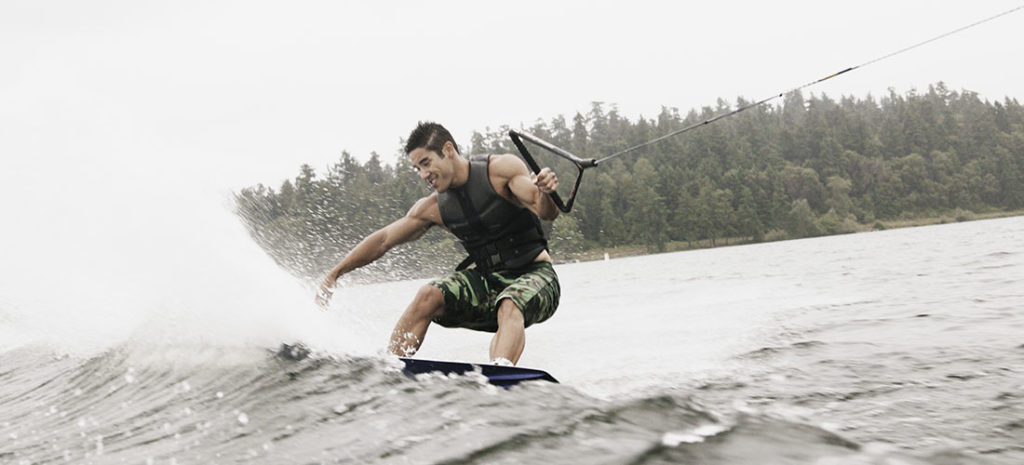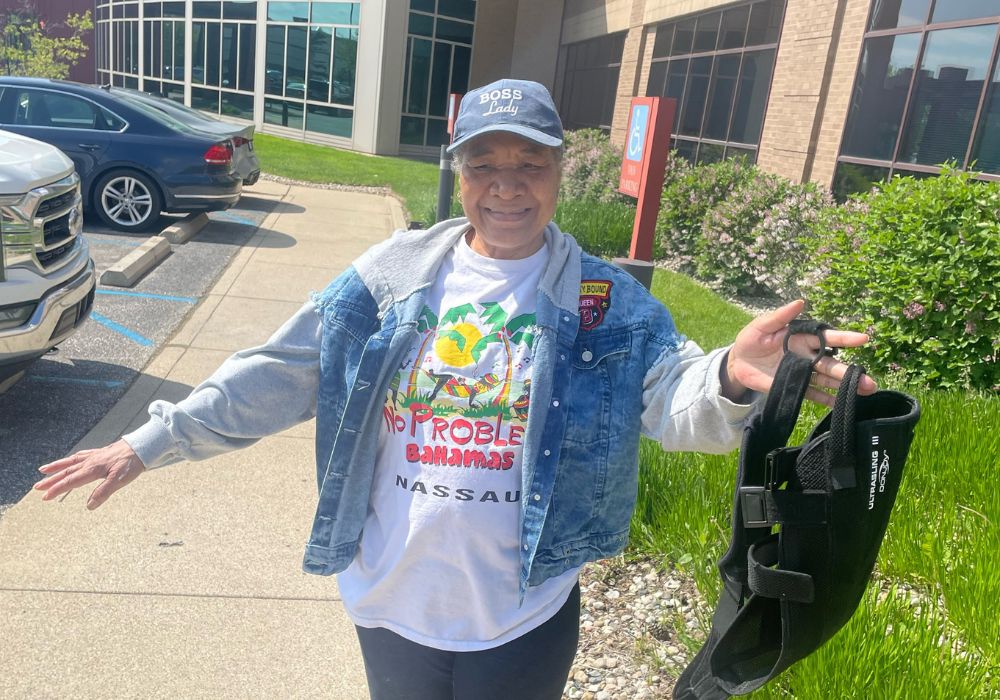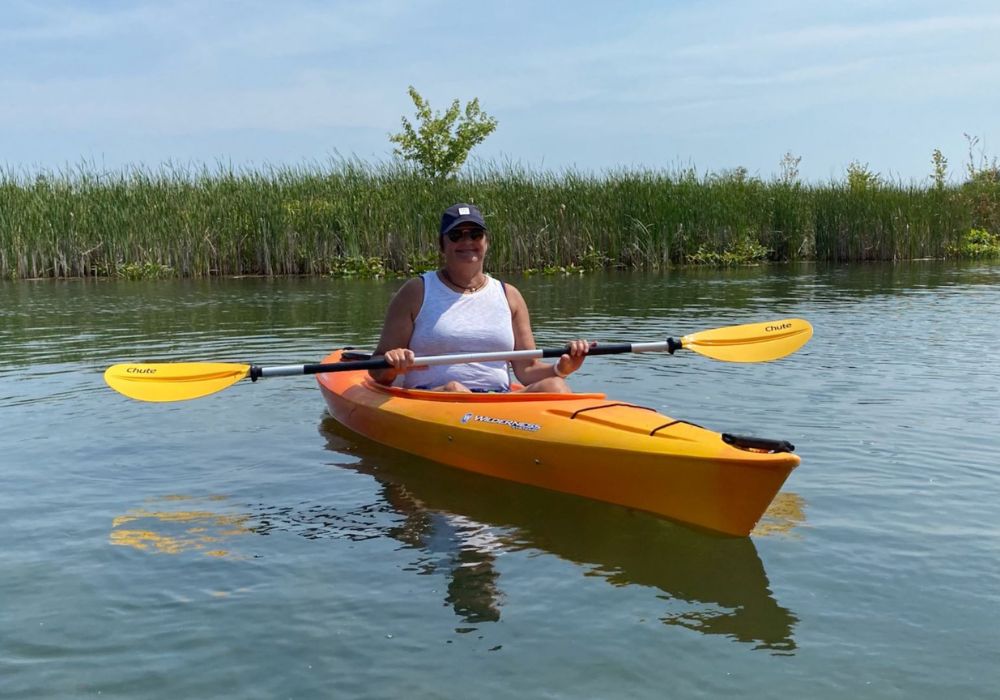THIS POST IS PART OF THE ULTIMATE GUIDE TO SPORTS MEDICINE
For a lot of Indiana residents, summer time means spending time outdoors at the lake. Whether it’s cooking out, fishing or boating there is plenty to do to keep everyone busy. With all the fun, sometimes it’s hard to remember to stay safe.
Distal bicep tendon
Distal bicep tendon tears typically result from an eccentric contraction of the biceps. An eccentric contraction means that while the muscle is contracting, it is lengthening; muscles normally shorten when they contract, also called a concentric contraction. An example of an eccentric contraction is lowering a weight down after doing a biceps curl. Tears occur when the eccentric contraction is unexpected or very violent.
“Water sports, such as skiing and tubing, can cause a violent eccentric contraction of the biceps as you attempt to hold onto the rope, as the boat pulls you out of the water,” said Dr. Chris Bales, OrthoIndy sports medicine specialist. “Weight lifting can also result in distal bicep tendon tears; such as bicep curls with too much weight or pull-ups.”
Dr. Bales explained that any lifting activity could result in a biceps tendon tear, such as helping someone move a couch or TV and one person lets go. The other person lifting the object tries to hold on and his or her arm is forcefully brought down (an eccentric contraction) tearing the biceps tendon.
At the time of injury, someone with a distal biceps tendon tear would feel a pop in their elbow, associated with sharp pain. Most will develop swelling and bruising over the front and inside part of the elbow. Most will have some limitations in their range of motion due to swelling and pain.
Dr. Bales added that in most active and younger patients the biceps tendon tear is treated with surgery to re-attach it the bone. This allows for almost full return of strength. After surgery most individuals are back to regular activities by three to four months, but full return of strength can take six months or longer.
“In less active individuals, non-operative treatment can be considered,” said Dr. Bales. “This consists of ice, elevation and use of a sling as needed for comfort. Patients will modify activities until pain symptoms decrease and then begin working on range of motion and regaining strength. Studies have shown anywhere from 25 to 50 percent loss of flexion and supination strength with non-operative treatment, as well as a similar loss in endurance strength.”
Proper warm-up and stretching before sporting activities and proper lifting technique can help decrease the chance of a distal biceps tendon tear.
To schedule an appointment with Dr. Bales please call 317.268.3632.

Schedule an appointment
Your well-being is important to us. Click the button below or call us to schedule an appointment with one of our orthopedic specialists. If your injury or condition is recent, you can walk right into one of our OrthoIndy Urgent Care locations for immediate care. For rehabilitation and physical therapy, no referral is needed to see one of our physical therapists.





